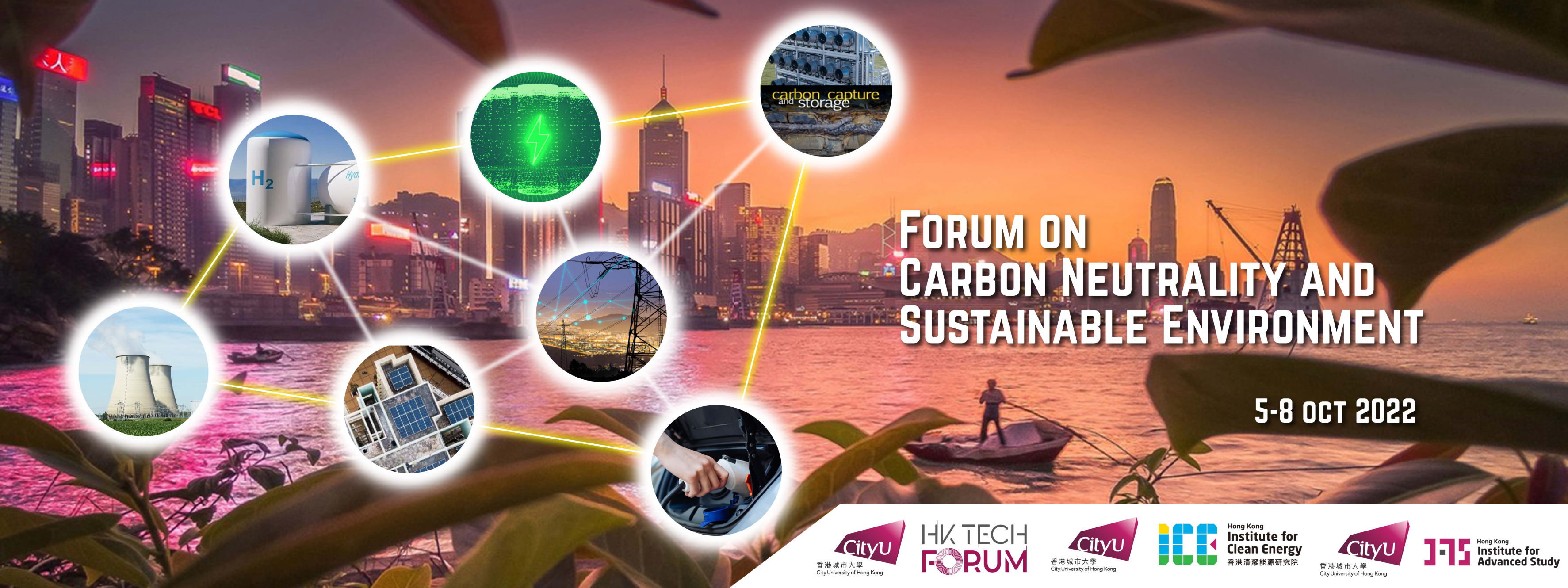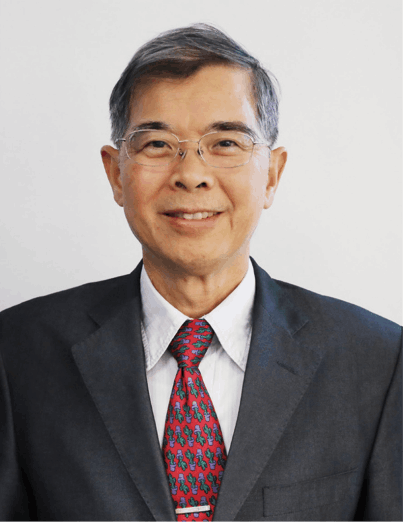Short Talk Speaker
Biography
Professor Pan Chin is Head and CLP Power Chair Professor of Nuclear Engineering of the Department of Mechanical Engineering of City University of Hong Kong (CityU). He joined CityU in February 2018 and became acting head of the Department in July and head in October of the same year. Before joining CityU, Professor Pan was a faculty member of National Tsing Hua University (NTHU) in Taiwan for 32 years, from associate professor in 1986, professor in 1990, to Tsing Hua Distinguished Professor in 2011. Professor Pan received his bachelor’s degree from NTHU in 1979 and his PhD degree in nuclear engineering from the University of Illinois at Urbana-Champaign in the United States of America in 1986.
Professor Pan has vast experience and an excellent performance background in academic administration. He served as Chairperson of the Department of Engineering and System Science, formerly the Department of Nuclear Engineering, of NTHU from 2001 to 2004, Founding Director of the Center for Energy and Environmental Research from 2003 to 2008 and the Low Carbon Energy Research Center in 2011, and Dean of the College of Nuclear Science from 2005 to 2011. Professor Pan served as Chairperson of the Advisory Committee on Nuclear Safety of Taiwan’s Atomic Energy Council from 2008 to 2017, Convenor of the Energy Programme of the Ministry of Science and Technology of Taiwan from 2014 to 2016, and President of the Chung-Hwa Nuclear Society from 2012 to 2018.
Professor Pan is an internationally well-recognised scholar in the fields of boiling heat transfer and two-phase flow. He received an outstanding research award in 1998 from National Science Council of Taiwan and the First Grade Service Medal from the Executive Yuan of Taiwan in 2018.
Innovative Heat Transfer Concepts to Enhance Nuclear Safety
Chin PAN*, Yuanjie LI and Xingchi JIANG
Abstract
Nuclear power, with its low carbon nature, could be a very effective option for carbon neutrality in 2050-2060. Nuclear safety, which is strongly related to heat transfer, is the key to broaden the acceptance of nuclear power. Indeed, a severe accident like Fukushima Daiichi one results from poor heat transfer due to loss of coolant or flow while the nuclear fuel elements are still releasing significant amount of decay heat. This talk presents some of our innovative heat transfer studies to enhance nuclear safety.
We explored natural seawater as an alternative emergency coolant for nuclear power plants located at seashore. The quenching of hot metal spheres, up to 1000 °C, in natural seawater at room temperature was investigated. Unlike that in de-ionized water, the study reveals that film boiling is completely suppressed in natural seawater leading to much more rapid quenching in natural seawater than that in de-ionized water. This demonstrates the beneficial side of using natural seawater, which is abundant for nuclear power units located at sea coast, as an alternative emergency coolant to enhance nuclear safety. Currently, we are exploring the two-phase natural circulation of artificial seawater, which could provide passive cooling for reactor core. Bubble foam is found to be typical for boiling in seawater due to lack of bubble coalescence resulting in significantly different two-phase natural circulation phenomena.
In addition, a new concept of heat transfer design promoting nuclear safety is proposed. Recently, we have developed a Counter Flow Diverging Microchannel (CFDM) heat sink with ultra-high performance through an innovative combination of diverging microchannels and counter-flow manifold. Such a counter flow with diverging channel design enables extensive channel-to-channel heat transfer and may result in a void fraction distribution nearly uniform along the channel at high heat fluxes. Consequently, the critical heat flux may be significantly increased, while the two-phase flow pressure drop may not increase significantly with increase in heat flux. Such a high performance and robust heat transfer concept may be considered for an innovative design of a steam generator or reactor core. The thermal margin to the critical heat flux may be significantly enhanced and, therefore, nuclear safety as well.
References
[1] S.-H. Hsu, Y.-H. Ho, M.-X. Ho, J.-C. Wang and Chin Pan*, “On the Formation of Vapor Film during Quenching in De-ionized Water and Elimination of Film boiling during Quenching in Natural Sea Water”, International Journal of Heat and Mass Transfer, 86, 2015, 65-71.
[2] X. Jiang, S. Zhang, Y. Li, Z. Wang, Chin Pan*, Achieving Ultra-high Coefficient of Performance of Two-phase Microchannel Heat Sink with Uniform Void Fraction, International Journal of Heat and Mass Transfer, 184, 2021, doi: https://doi.org/10.1016/j.ijheatmasstransfer.2021.122300
>Home

